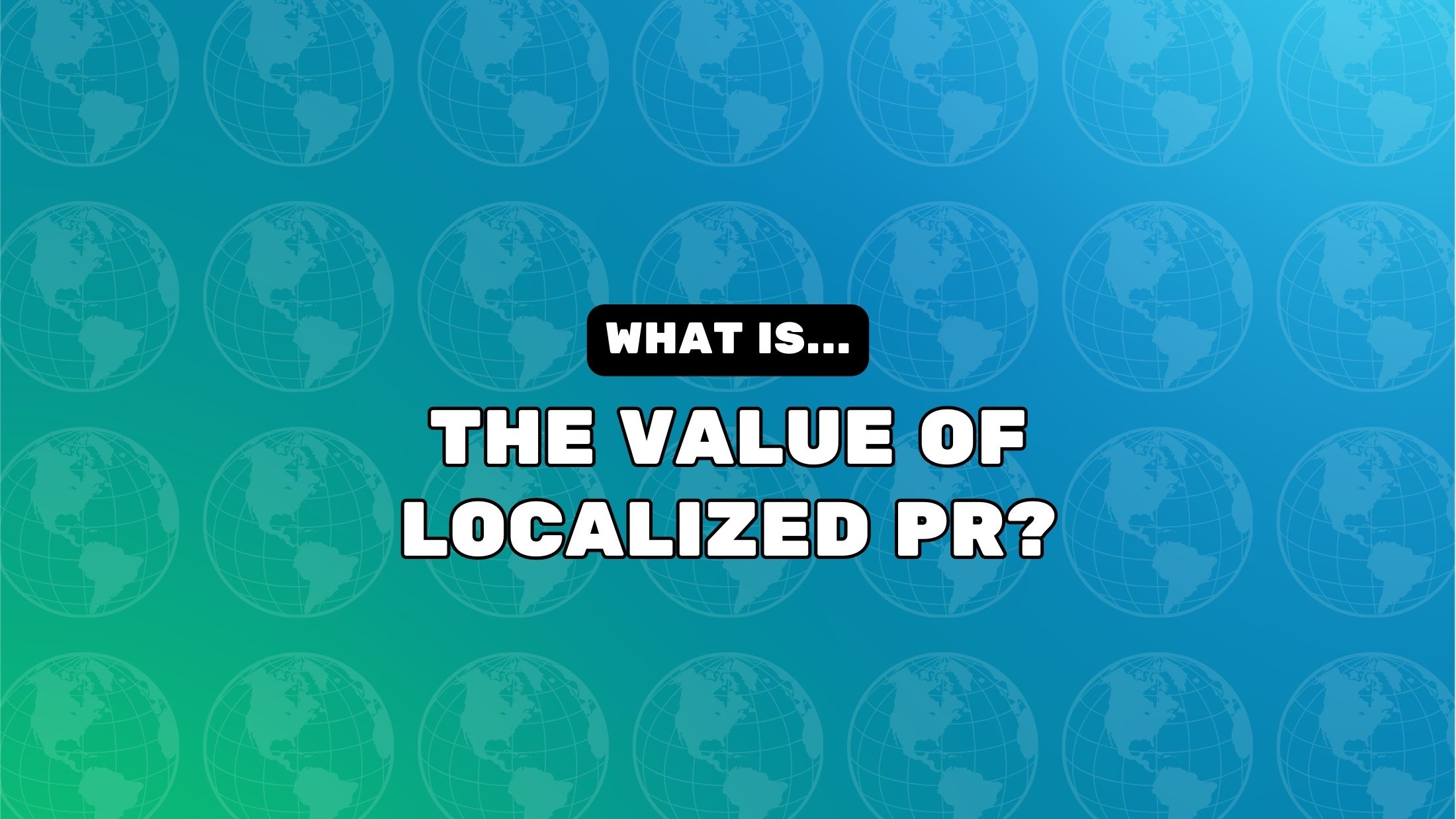What to do when success makes you lose touch with your identity
Somewhere along the way, you learned how to read a room. How to anticipate what others needed before they said it. How to shape-shift just enough to stay admired, promoted, or simply safe. You became highly competent at adapting your identity, at being what the moment, the meeting, the mission demanded. And it worked. You delivered. You rose. You built a life of visible success. But lately, in the quiet spaces between the doing, something’s been stirring. A haunting whisper that asks: If I stop performing . . . who am I? This is the quiet cost of adaptation: achieving without anchoring, succeeding without a self. It’s more common than we talk about. Especially among high-performing professionals. In fact, more than half of U.S. postgraduate workers say their job is central to their identity. And in environments where productivity and performance are prized above all else, it’s easy to confuse your role with your worth. Eventually, the gap between the self we’ve curated and the self we’ve buried starts to ache. However, there’s good news. If the way you’ve adapted has left the core of you behind, you don’t have to forfeit the success you’ve achieved to rediscover yourself. The key is to learn how to “modulate”—adapt to meet the needs of those around you while still caring for yourself—versus “modify”—when you alter yourself to engineer outcomes that cost you your identity. Both can deliver near-term success, but modulating is sustainable. Modifying isn’t. That’s what Jason learned. The Story of Jason: A Master of Adaptation Jason had always been the go-to guy. Smart, strategic, relational, he could manage up, down, and sideways without breaking a sweat. By 42, he was COO of a global tech firm. On paper, everything looked ideal. But in a coaching conversation with me one morning, he surprised himself with tears. “I’ve been everything to everyone,” he said quietly. “And now I’m not sure who I am. I know how to play any role. But I don’t know what’s real anymore.” His voice cracked. “I don’t think I’ve ever actually asked myself what I want.” Jason’s story isn’t rare. It’s the natural result of a system that rewards adaptation over authenticity, and of humans wired to belong at almost any cost. Why We Lose Our Identities Several forces drive this invisible drift: 1. Social Conditioning:From a young age, we’re praised for being compliant, easy, high-achieving. “You’re so mature,” someone says, because we didn’t cry when we needed to. “You’re such a leader,” someone notes, because we stepped in where others stepped back. We learn early that being attuned to others makes us valuable. 2. A Need for Approval:Psychologically, we are wired to stay close to what feels safe. Children who sense that love is conditional learn to become highly adaptive. Adults carry those patterns forward, often unconsciously. In the workplace, this shows up as people who over-function, over-accommodate, or suppress parts of themselves to stay approved and feel validated. 3. Professional Incentives:Organizations reward what’s visible: performance, productivity, polish. Authenticity, vulnerability, or questioning the game? Those are trickier. The SHRM research series found that 44% of U.S. employees feel burned out at work, with 45% feeling emotionally drained and 51% feeling “used up.” Even more disturbing, more than 15% of working-age adults globally experience anxiety or depression, often quietly, behind successful facades. The trouble isn’t that we adapted. It’s that we forgot we were doing it. Four Ways to Return to Yourself The good news? The self you buried isn’t gone. It’s just been quiet. Here are four ways to begin the return. 1. Notice the Cost of Over-Adaptation Begin by noticing the signs that something’s off. Do you feel hollow after high-achievement moments? Do you leave meetings unsure what you actually think or want? Do your days feel like performances strung together? Over-adaptation often comes with subtle burnout—not of energy, but of identity. The mask has grown heavy, but we’ve worn it so long, we think it’s our face. This is not a failure. It’s a signal. 2. Track What Feels True (and What Doesn’t) Reclaiming yourself starts with paying attention to what resonates. What makes you feel more like you? What makes you shrink, go numb, or check out? What conversations, values, or people light something in you? Keep a simple “alignment journal” for a week. Jot down moments when you felt most like yourself, and least. Patterns will emerge. Your inner voice is quieter than your to-do list, but it’s still there. Listening is a practice. 3. Create Spacious Identity, Not Just Roles It’s easy to collapse our identity into our functions. “I’m a leader. I’m a parent. I’m a problem-solver.” But the self beneath roles is wider than any title. Ask: Who am I when no one is watching? What values do I hold when there’s nothing to gain? What would I

Somewhere along the way, you learned how to read a room. How to anticipate what others needed before they said it. How to shape-shift just enough to stay admired, promoted, or simply safe. You became highly competent at adapting your identity, at being what the moment, the meeting, the mission demanded.
And it worked. You delivered. You rose. You built a life of visible success.
But lately, in the quiet spaces between the doing, something’s been stirring. A haunting whisper that asks: If I stop performing . . . who am I?
This is the quiet cost of adaptation: achieving without anchoring, succeeding without a self.
It’s more common than we talk about. Especially among high-performing professionals. In fact, more than half of U.S. postgraduate workers say their job is central to their identity. And in environments where productivity and performance are prized above all else, it’s easy to confuse your role with your worth.
Eventually, the gap between the self we’ve curated and the self we’ve buried starts to ache.
However, there’s good news. If the way you’ve adapted has left the core of you behind, you don’t have to forfeit the success you’ve achieved to rediscover yourself. The key is to learn how to “modulate”—adapt to meet the needs of those around you while still caring for yourself—versus “modify”—when you alter yourself to engineer outcomes that cost you your identity. Both can deliver near-term success, but modulating is sustainable. Modifying isn’t. That’s what Jason learned.
The Story of Jason: A Master of Adaptation
Jason had always been the go-to guy. Smart, strategic, relational, he could manage up, down, and sideways without breaking a sweat. By 42, he was COO of a global tech firm. On paper, everything looked ideal.
But in a coaching conversation with me one morning, he surprised himself with tears. “I’ve been everything to everyone,” he said quietly. “And now I’m not sure who I am. I know how to play any role. But I don’t know what’s real anymore.”
His voice cracked. “I don’t think I’ve ever actually asked myself what I want.”
Jason’s story isn’t rare. It’s the natural result of a system that rewards adaptation over authenticity, and of humans wired to belong at almost any cost.
Why We Lose Our Identities
Several forces drive this invisible drift:
1. Social Conditioning:
From a young age, we’re praised for being compliant, easy, high-achieving. “You’re so mature,” someone says, because we didn’t cry when we needed to. “You’re such a leader,” someone notes, because we stepped in where others stepped back. We learn early that being attuned to others makes us valuable.
2. A Need for Approval:
Psychologically, we are wired to stay close to what feels safe. Children who sense that love is conditional learn to become highly adaptive. Adults carry those patterns forward, often unconsciously. In the workplace, this shows up as people who over-function, over-accommodate, or suppress parts of themselves to stay approved and feel validated.
3. Professional Incentives:
Organizations reward what’s visible: performance, productivity, polish. Authenticity, vulnerability, or questioning the game? Those are trickier. The SHRM research series found that 44% of U.S. employees feel burned out at work, with 45% feeling emotionally drained and 51% feeling “used up.” Even more disturbing, more than 15% of working-age adults globally experience anxiety or depression, often quietly, behind successful facades.
The trouble isn’t that we adapted. It’s that we forgot we were doing it.
Four Ways to Return to Yourself
The good news? The self you buried isn’t gone. It’s just been quiet. Here are four ways to begin the return.
1. Notice the Cost of Over-Adaptation
Begin by noticing the signs that something’s off. Do you feel hollow after high-achievement moments? Do you leave meetings unsure what you actually think or want? Do your days feel like performances strung together?
Over-adaptation often comes with subtle burnout—not of energy, but of identity. The mask has grown heavy, but we’ve worn it so long, we think it’s our face.
This is not a failure. It’s a signal.
2. Track What Feels True (and What Doesn’t)
Reclaiming yourself starts with paying attention to what resonates. What makes you feel more like you? What makes you shrink, go numb, or check out? What conversations, values, or people light something in you?
Keep a simple “alignment journal” for a week. Jot down moments when you felt most like yourself, and least. Patterns will emerge. Your inner voice is quieter than your to-do list, but it’s still there. Listening is a practice.
3. Create Spacious Identity, Not Just Roles
It’s easy to collapse our identity into our functions. “I’m a leader. I’m a parent. I’m a problem-solver.” But the self beneath roles is wider than any title.
Ask: Who am I when no one is watching? What values do I hold when there’s nothing to gain? What would I say or do if I didn’t fear being misunderstood?
In a world where 77% of workers have experienced burnout at their current job, according to research by Deloitte, choosing to explore identity outside of work isn’t indulgent, it’s essential.
Building a spacious identity means allowing yourself to exist even when you’re not being productive or impressive. It’s messy, but it’s true.
4. Practice Micro Acts of Integrity
Returning to yourself doesn’t require a grand reinvention. Start small.
Speak up in a meeting when it’s easier to stay silent. Take an afternoon to do something that has no strategic value, only joy. Share honestly with a peer instead of defaulting to polished answers. Integrity isn’t perfection. It’s congruence. And every time you act in a way that matches your inner truth, you rebuild trust with yourself.
It’s Not Too Late to Return
You adapted because you had to. Because it worked. Because it kept you safe or seen or successful. There’s no shame in that.
But there comes a point when continuing the performance costs more than it gives. When the ladder you climbed leads not to joy, but to disorientation. And when the only real move left is inward.
That’s what Jason did. He didn’t quit his job or retreat to the woods. He started smaller. He blocked off one hour a week, just for himself, with no agenda. He began journaling what felt true and what didn’t. He reached out to an old friend and admitted he wasn’t as “fine” as he seemed. He brought more curiosity into his leadership meetings, even when he didn’t have the answers. And slowly, the hollow places began to fill, not with more achievement, but with alignment.
The good news? You don’t have to burn it all down. You don’t have to quit your job or find yourself on a mountaintop.
You just have to start telling the truth. First to yourself. Then maybe to others.
You can still be excellent. Still contribute, lead, and grow.
But now, from the inside out.
The self you thought you lost is waiting. Not to punish you, but to welcome you back.


































































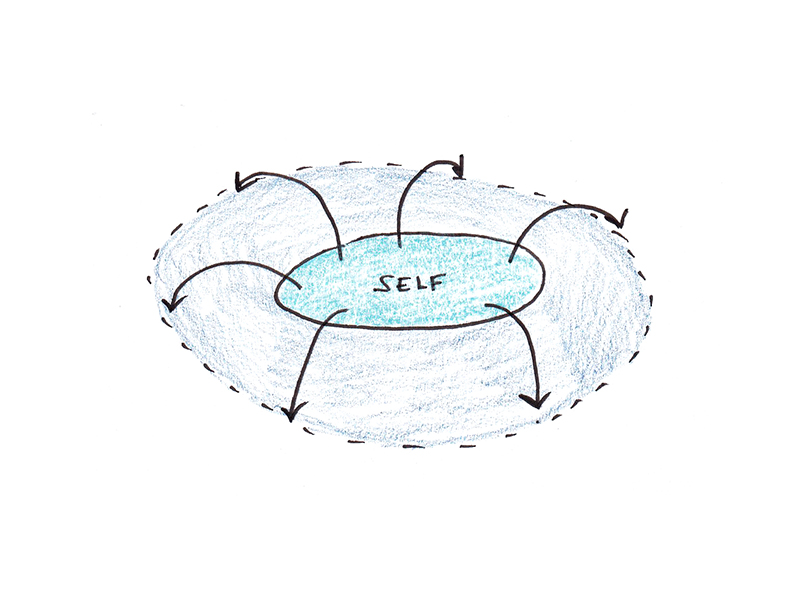

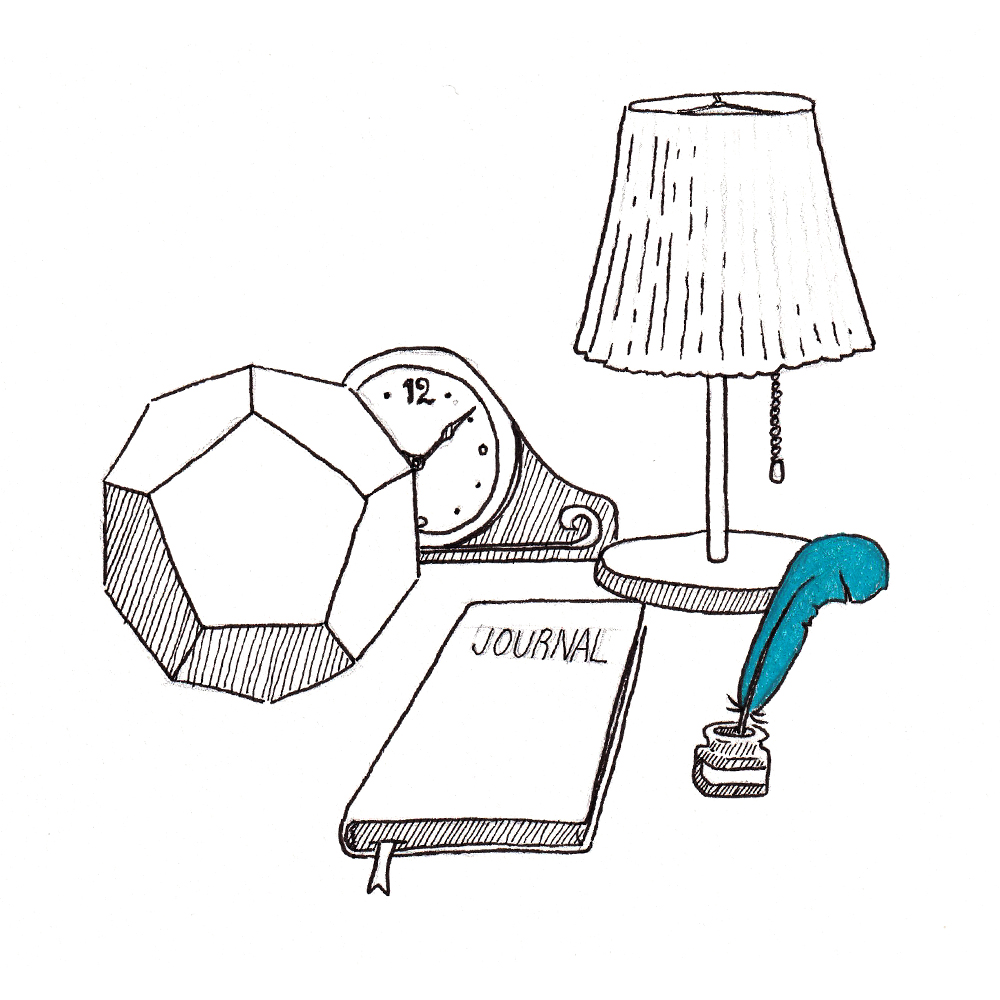



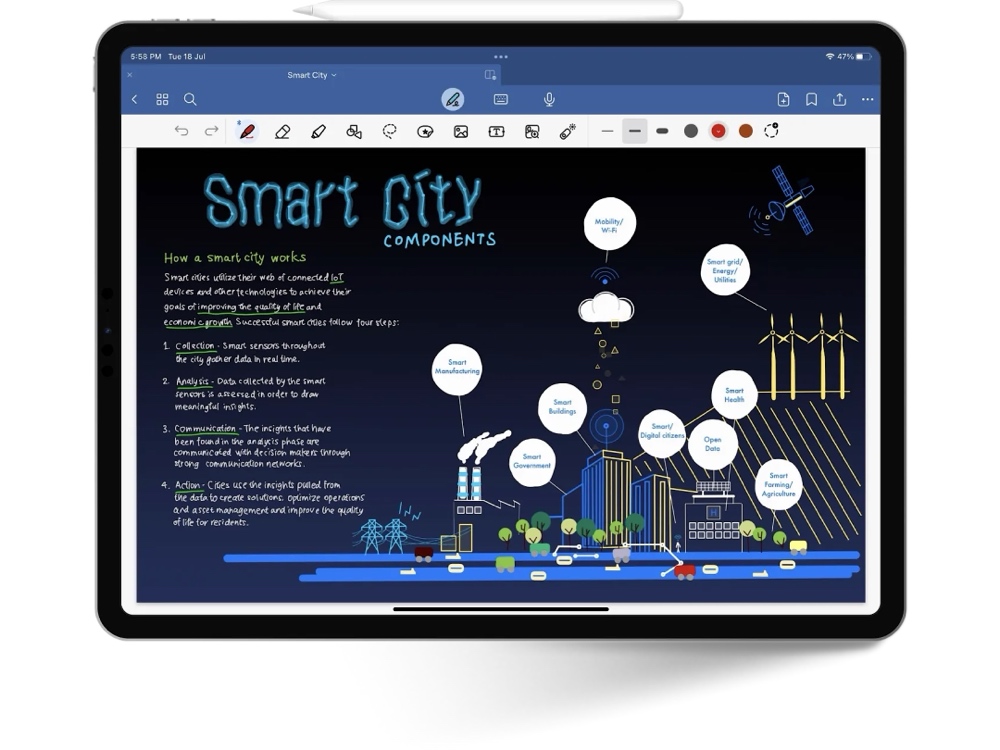







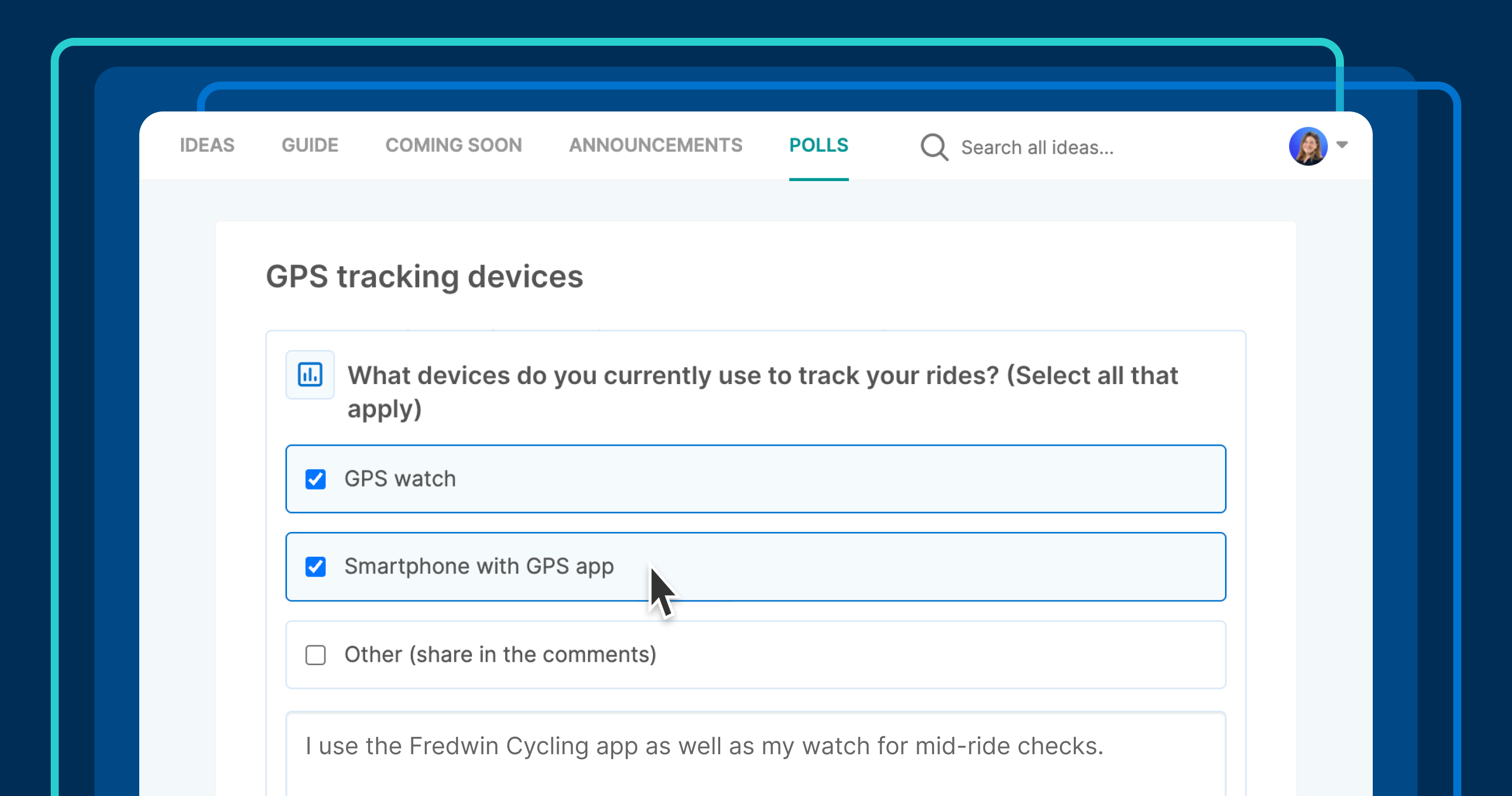







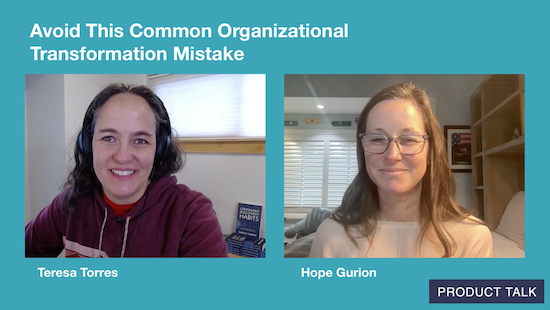












![Building A Digital PR Strategy: 10 Essential Steps for Beginners [With Examples]](https://buzzsumo.com/wp-content/uploads/2023/09/Building-A-Digital-PR-Strategy-10-Essential-Steps-for-Beginners-With-Examples-bblog-masthead.jpg)


